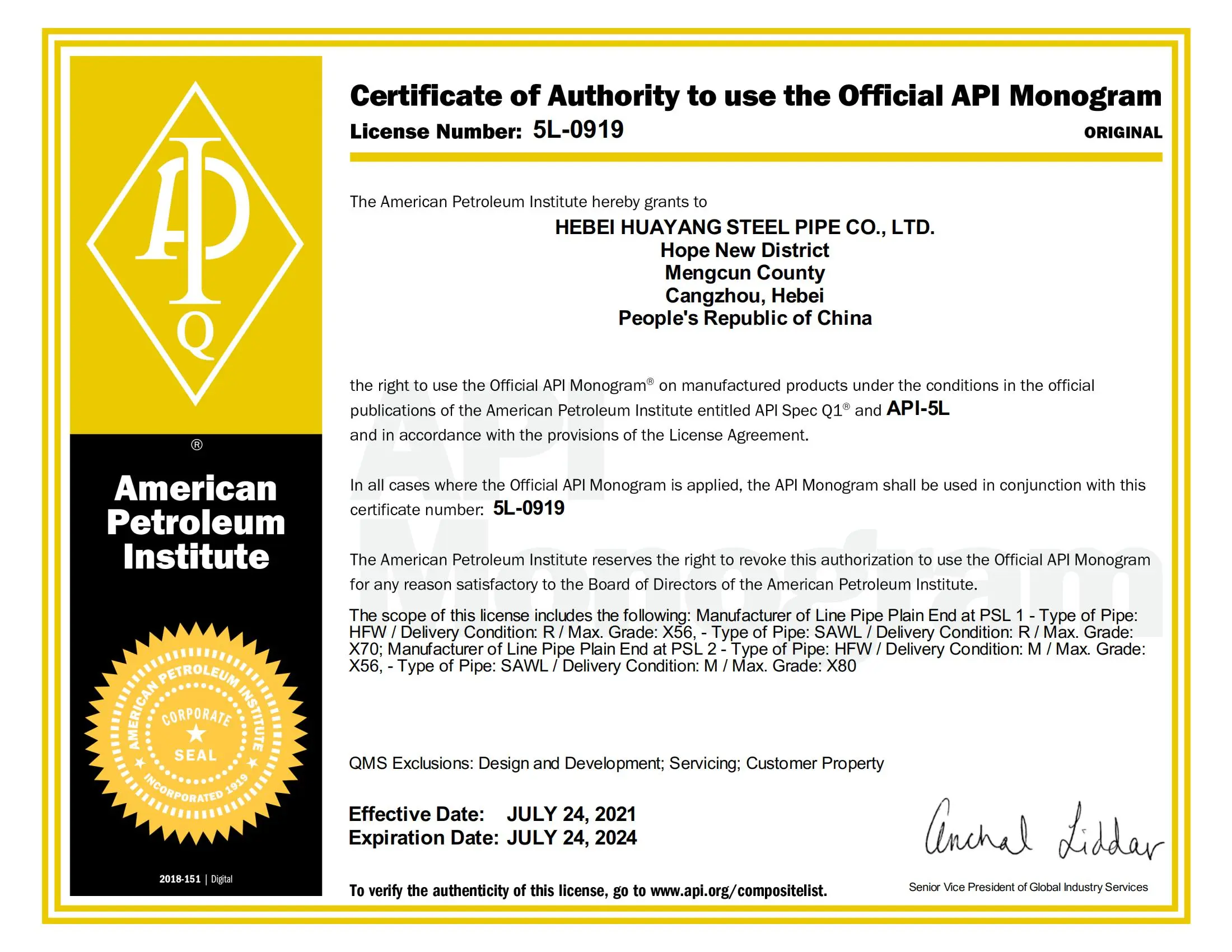
تشرینی دووەم . 08, 2024 01:06 Back to list
Exploring Hydroxyethyl Cellulose CAS Number Applications and Benefits in Various Industries
Understanding Hydroxyethyl Cellulose A Versatile Polymer
Hydroxyethyl cellulose (HEC) is a non-ionic, water-soluble polymer derived from natural cellulose, a biopolymer that forms the primary structural component of plant cell walls. Identified by its chemical structure, HEC is recognized by its CAS number, 9004-62-0. This versatile compound finds utility in a wide range of applications, owing to its unique properties such as thickening, emulsifying, and stabilizing capabilities.
Properties of Hydroxyethyl Cellulose
The properties of HEC stem from its chemical modification of cellulose through the introduction of hydroxyethyl groups. This modification enhances its solubility in water, making it an ideal thickening agent in various industries. HEC is characterized by a pale yellow to white powder, which is odorless and tasteless. When dispersed in water, HEC forms a clear gel-like solution, providing excellent viscosity. Its non-ionic nature minimizes interactions with other ingredients, making it suitable for a diverse range of formulations without unwanted reactions.
One of the most important properties of HEC is its ability to retain water. This quality is crucial in many applications, as it helps maintain moisture in formulations, leading to improved texture and performance. HEC is also thermally stable and resistant to high temperatures, which makes it effective in applications involving heat processing.
Applications of Hydroxyethyl Cellulose
Due to its beneficial properties, HEC has a myriad of applications across multiple industries
1. Cosmetics and Personal Care HEC is widely used in shampoos, conditioners, lotions, and creams. It acts as a thickening agent, helping to stabilize emulsions while improving the product's texture. Moreover, its ability to form a gel allows for better spreadability on the skin or hair, enhancing the user experience.
hydroxyethyl cellulose cas no

2. Pharmaceuticals In the pharmaceutical sector, HEC is utilized as a binder in tablet formulations and as a thickening agent in liquid formulations. Its water-retention properties can also prolong the release of active ingredients, providing a controlled delivery mechanism.
3. Food Industry HEC is employed as a food additive, where it functions as a thickener, stabilizer, and emulsifier. Its non-toxic nature and ability to enhance the mouthfeel of products make it a popular choice in sauces, dressings, and gluten-free baked goods.
4. Construction In the construction industry, HEC is used in cement and mortar formulations. It enhances the workability of these materials, reduces water usage, and improves adhesion, leading to stronger, more durable constructions.
5. Paints and Coatings HEC adds viscosity to paint formulations, ensuring an even application. It helps achieve a smooth finish and improves the flow and leveling properties of paints, contributing to better aesthetic properties.
6. Agriculture In agriculture, HEC is used in the formulation of pesticides and herbicides as a viscosity modifier, helping to ensure that these products adhere effectively to plant surfaces.
Conclusion
Hydroxyethyl cellulose, with its CAS number 9004-62-0, has established itself as a vital ingredient in various industries ranging from cosmetics to construction. Its unique properties, including water solubility, thickening ability, and non-ionic characteristics, make it highly adaptable for diverse applications. As demand for natural and safe ingredients increases across sectors, HEC’s biopolymer origin and multifunctional benefits position it as an increasingly valuable component in developing innovative products.
As research continues to explore the full potential of hydroxyethyl cellulose, its applications are likely to expand, paving the way for new and exciting formulations that capitalize on its versatility and effectiveness. Whether in personal care, food production, pharmaceuticals, or beyond, HEC remains a compound of significant relevance in modern science and industry.
-
Versatile Hpmc Uses in Different Industries
NewsJun.19,2025
-
Redispersible Powder's Role in Enhancing Durability of Construction Products
NewsJun.19,2025
-
Hydroxyethyl Cellulose Applications Driving Green Industrial Processes
NewsJun.19,2025
-
Exploring Different Redispersible Polymer Powder
NewsJun.19,2025
-
Choosing the Right Mortar Bonding Agent
NewsJun.19,2025
-
Applications and Significance of China Hpmc in Modern Industries
NewsJun.19,2025







